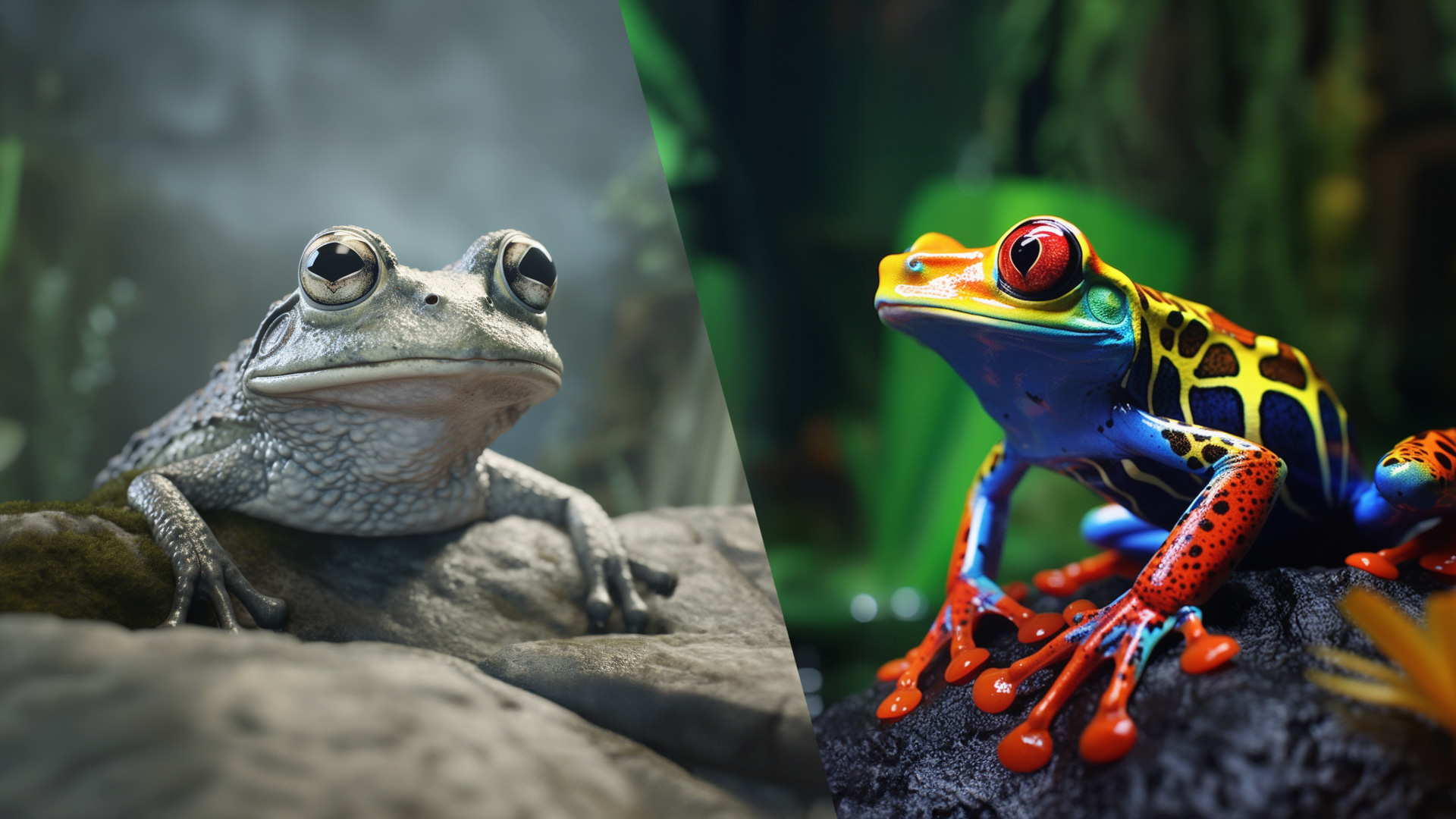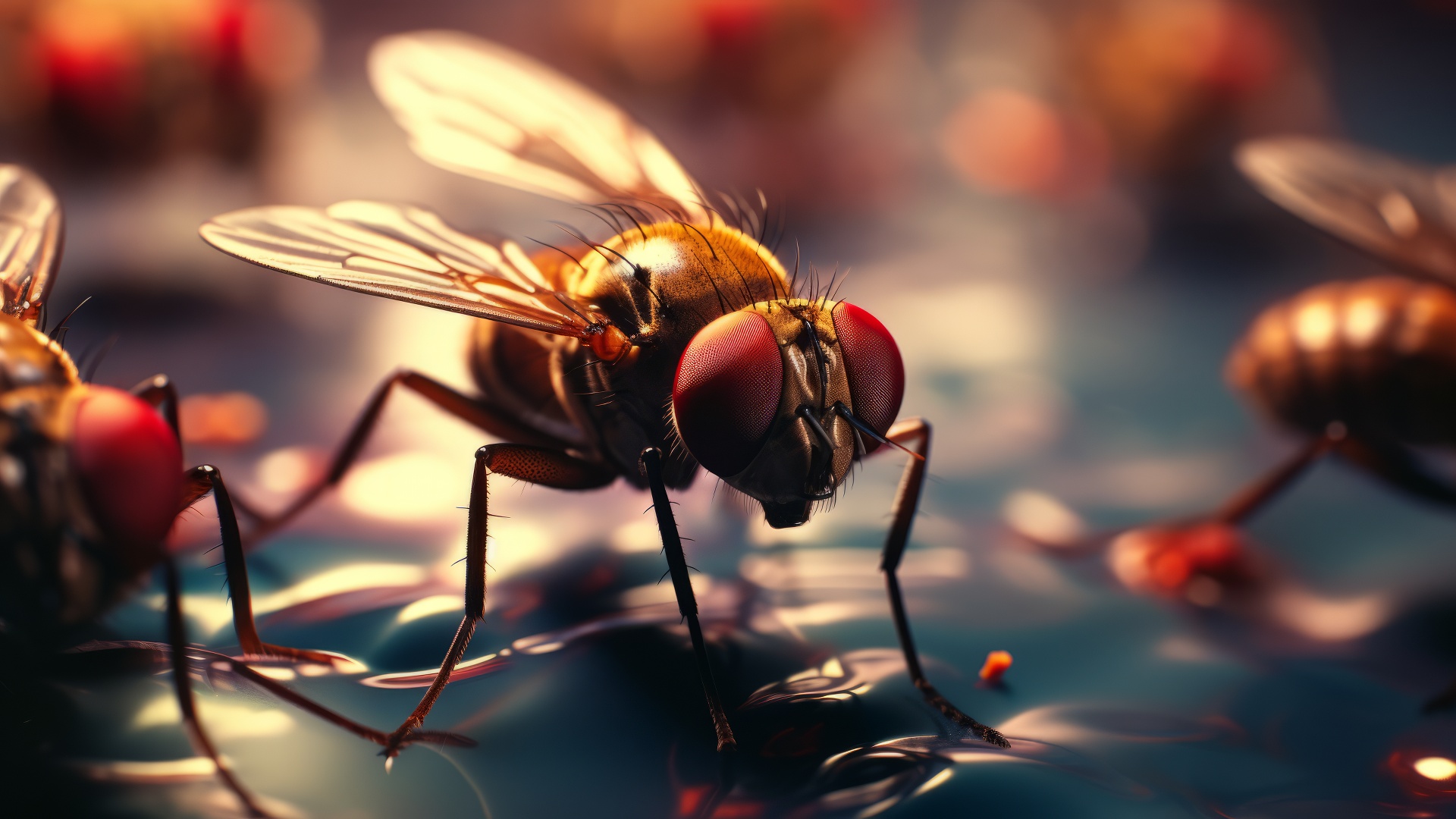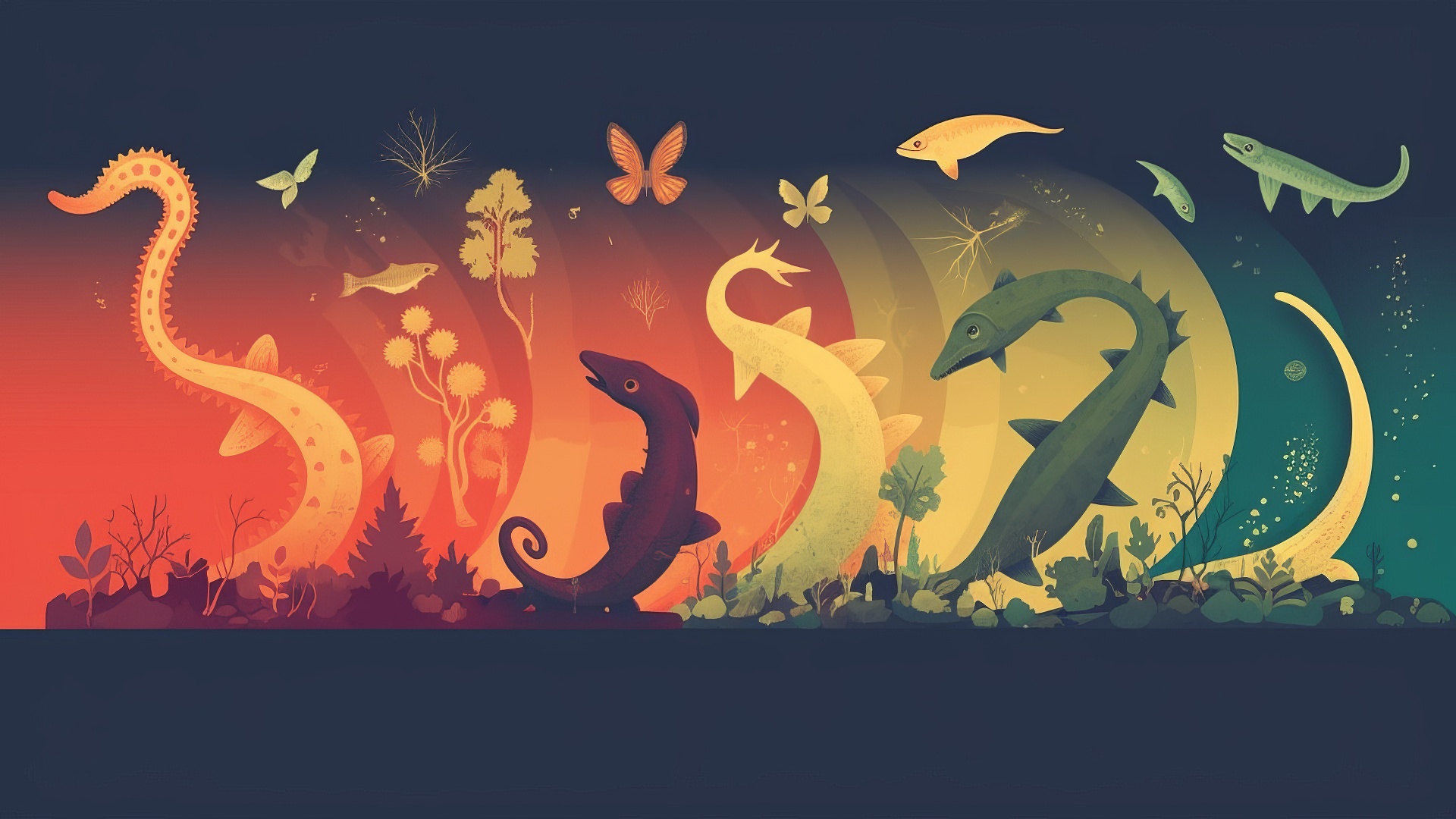Tag: Genetic Drift
-

Müllerian Mimicry
In Müllerian mimicry, various harmful or unpalatable species come to resemble each other, amplifying mutual protection against predators. This adaptation arises from evolutionary pressures and has substantial impact on ecosystems and species interactions.
-

Character Displacement
In the realm of evolution, character displacement describes how closely related species differentiate to reduce competition within shared environments. This phenomenon, seen in diverse species like Galápagos finches, emerges chiefly from the challenges of resource competition and niche definition.
-

Punctuated Equilibrium
Punctuated Equilibrium, introduced by Gould and Eldredge in 1972, proposes that species evolution features long periods of stability, punctuated by brief, rapid changes. Supported by fossil record patterns, it contrasts with traditional views of continuous, gradual evolution and has influenced multiple academic fields.
-

Evolutionary Capacitance
Evolutionary capacitance pertains to an organism’s ability to conceal genetic variations without immediate observable changes. When exposed to certain conditions, these hidden variations emerge, facilitating swift adaptation. This principle sheds light on rapid evolutionary responses and the underpinnings of species adaptability.
-

Adaptive Valley
The Adaptive Valley, central to evolutionary biology, represents a state of local optimum from which a population finds it difficult to evolve towards better fitness due to the interim lower fitness states. Mutations, genetic drift, and various evolutionary strategies aid this crossing, with applications extending to artificial intelligence and beyond.
-

Exaptation
Exaptation, a key concept in evolutionary biology, refers to the repurposing of existing traits for new functions. This process plays a significant role in both biological and cultural innovation, enabling rapid evolutionary responses. Its identification, however, is complicated due to the complexity of historical evolutionary pressures.
-

Maladaptation
Maladaptation refers to evolutionary traits that hinder an organism’s survival and reproduction, possibly leading to extinction. These traits may arise due to various factors, including rapid environmental changes and genetic constraints. Understanding maladaptation aids in conservation efforts and disease management.